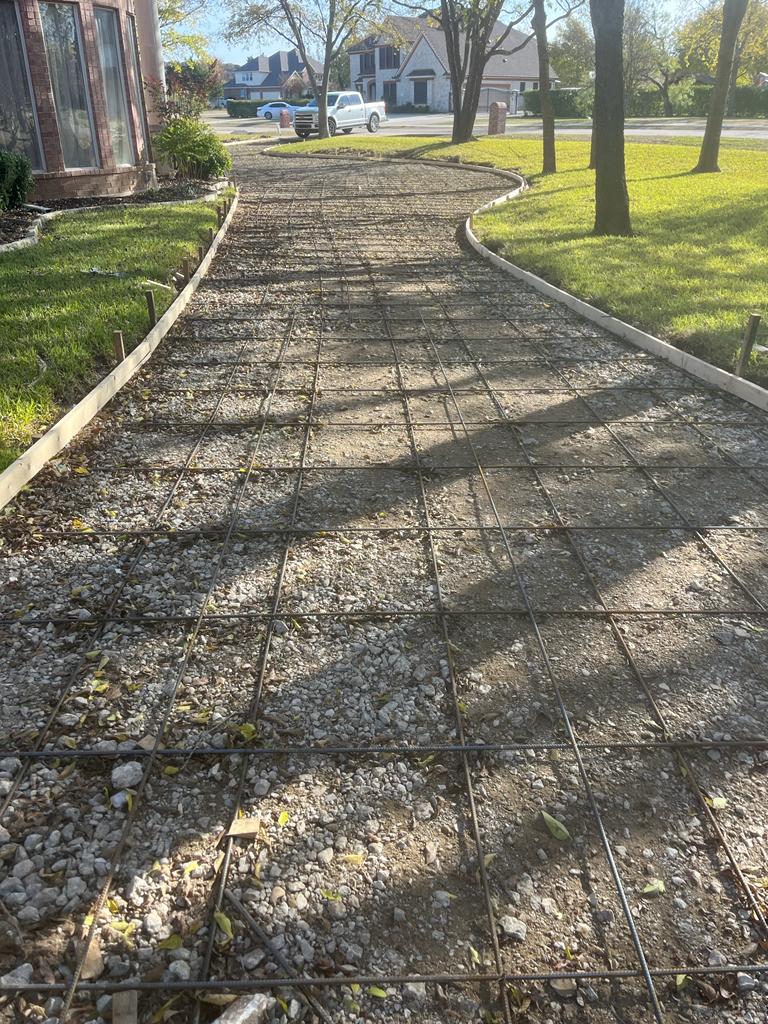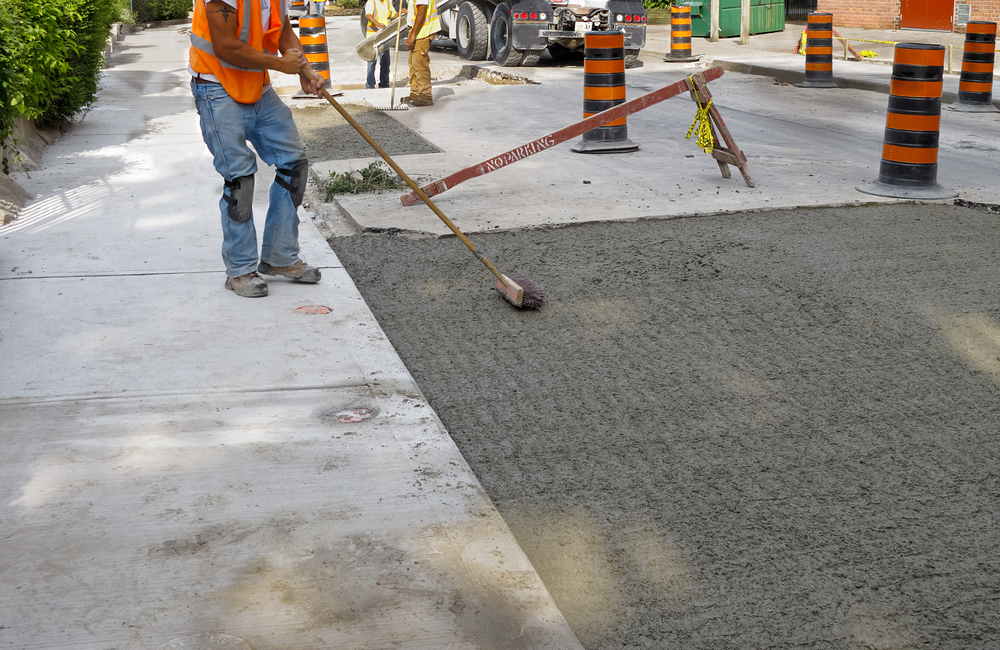
Riprap is a type of erosion control measure that is used to protect slopes, shorelines, and other areas from erosion and scouring caused by water or wind. It consists of a layer of large, heavy stones or other durable materials that are placed in a specific pattern to create a stable and protective barrier.
Riprap is often used in areas with high water flow, such as rivers, streams, and shorelines, where it helps to dissipate the energy of the water and prevent erosion. It can also be used on slopes to prevent landslides and other types of soil erosion.
There are several factors to consider when designing and installing riprap, including the size and type of materials used, the slope of the area, the water flow and erosion potential, and the overall project goals. Proper design and installation of riprap is important to ensure its effectiveness and longevity.
There are several types of materials that can be used for riprap, including stones, concrete blocks, and other durable materials. The size of the materials used will depend on the specific application and the erosion potential of the area. Larger, heavier materials are generally used in areas with higher water flow or erosion potential, while smaller materials may be sufficient for less severe conditions.
Riprap is typically installed by a specialized contractor, and proper installation techniques are important to ensure its effectiveness. Proper maintenance, including regular inspections and repairs, can help extend the life of riprap and keep it in good condition.







